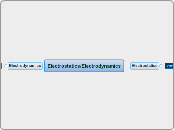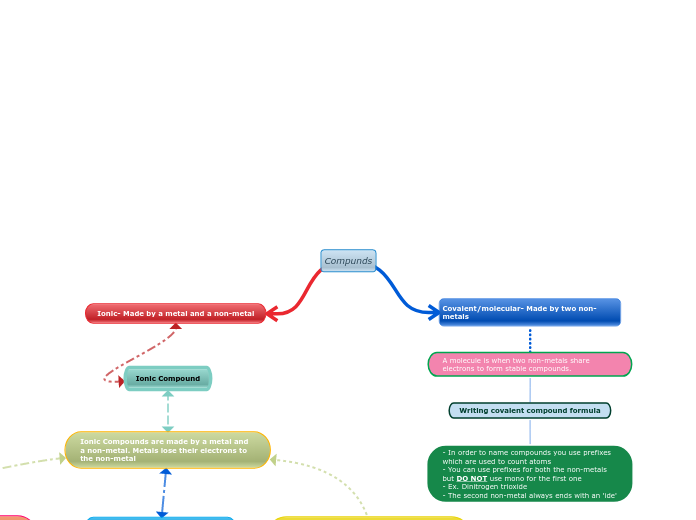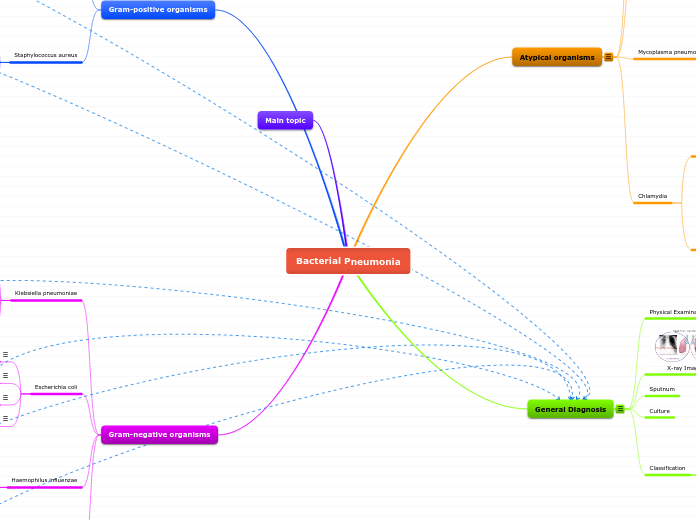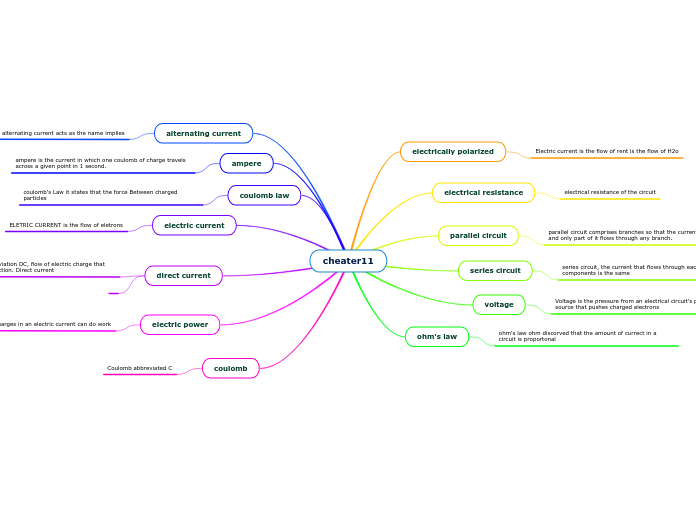arabera privut purson 16 years ago
379
ElectrostaticsElect-psg
The study of electrostatics involves the behavior of static electricity and the principles governing the forces between charged particles. Coulomb's Law is central to this field, describing how the force between two charges is directly proportional to the product of their quantities and inversely proportional to the square of the distance between them.









